Gateway to Learning
Want to invest in crypto but don't know where to start?
Learn crypto through the simplest words.
 Must Read Daily Market Reports
Must Read Daily Market Reports
Must Read Daily Market Reports
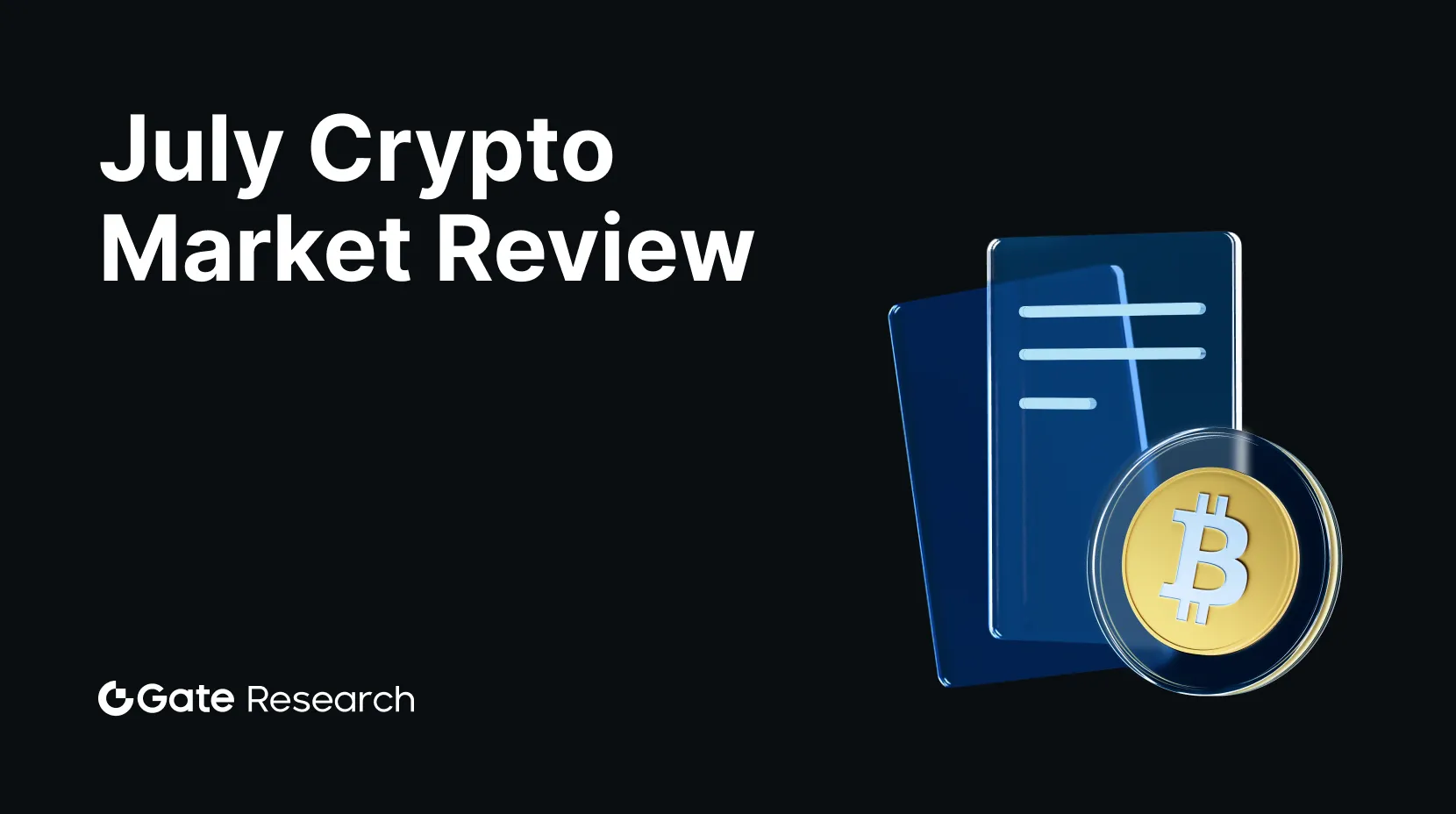 Gate Research: July Crypto Market Review
Gate Research: July Crypto Market Review
Gate Research: July Crypto Market Review
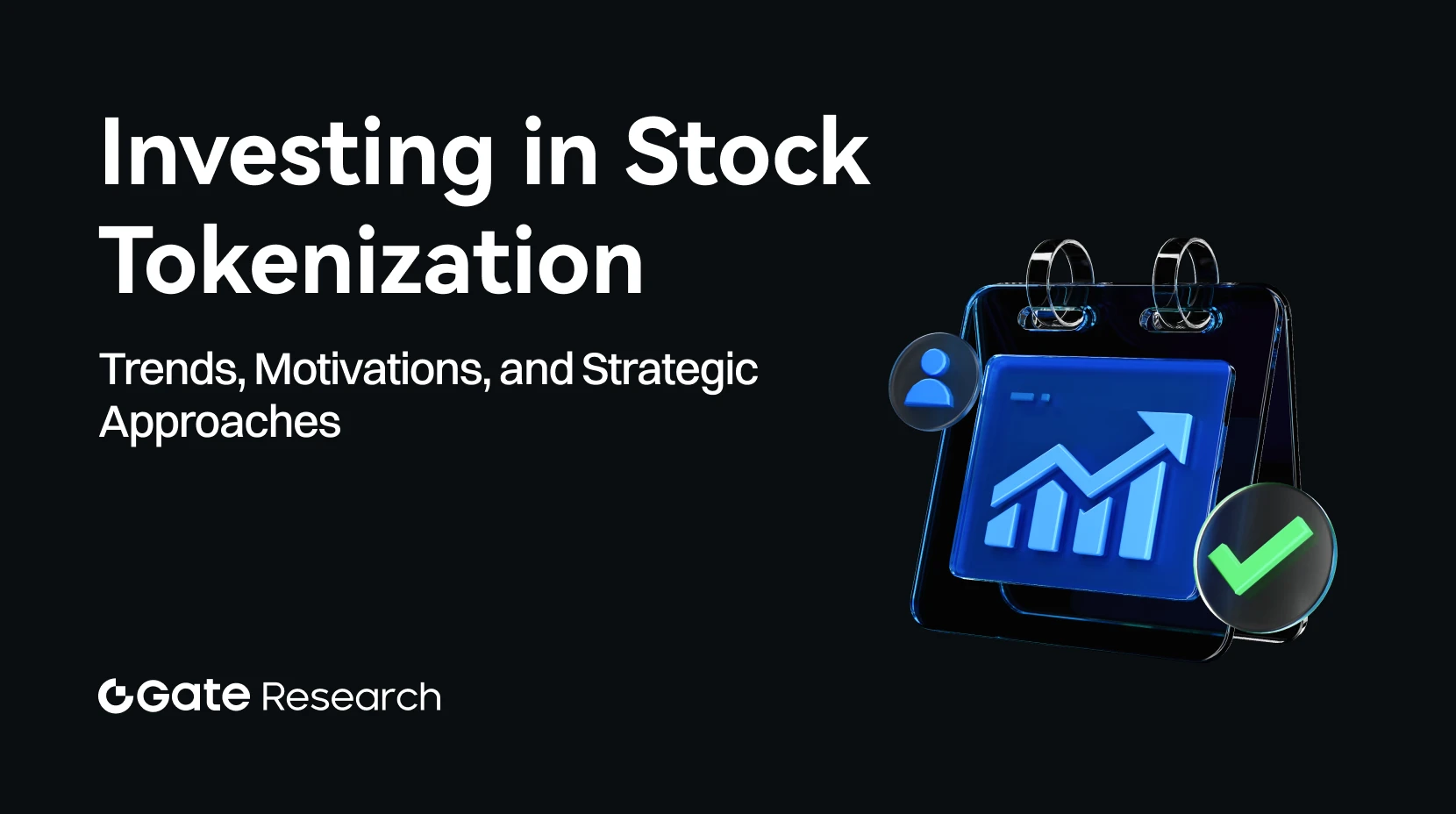 Gate Research|The Institutional Shift into Crypto: Drivers, Strategies, and the Road to Market Maturity
Gate Research|The Institutional Shift into Crypto: Drivers, Strategies, and the Road to Market Maturity
Gate Research|The Institutional Shift into Crypto: Drivers, Strategies, and the Road to Market Maturity
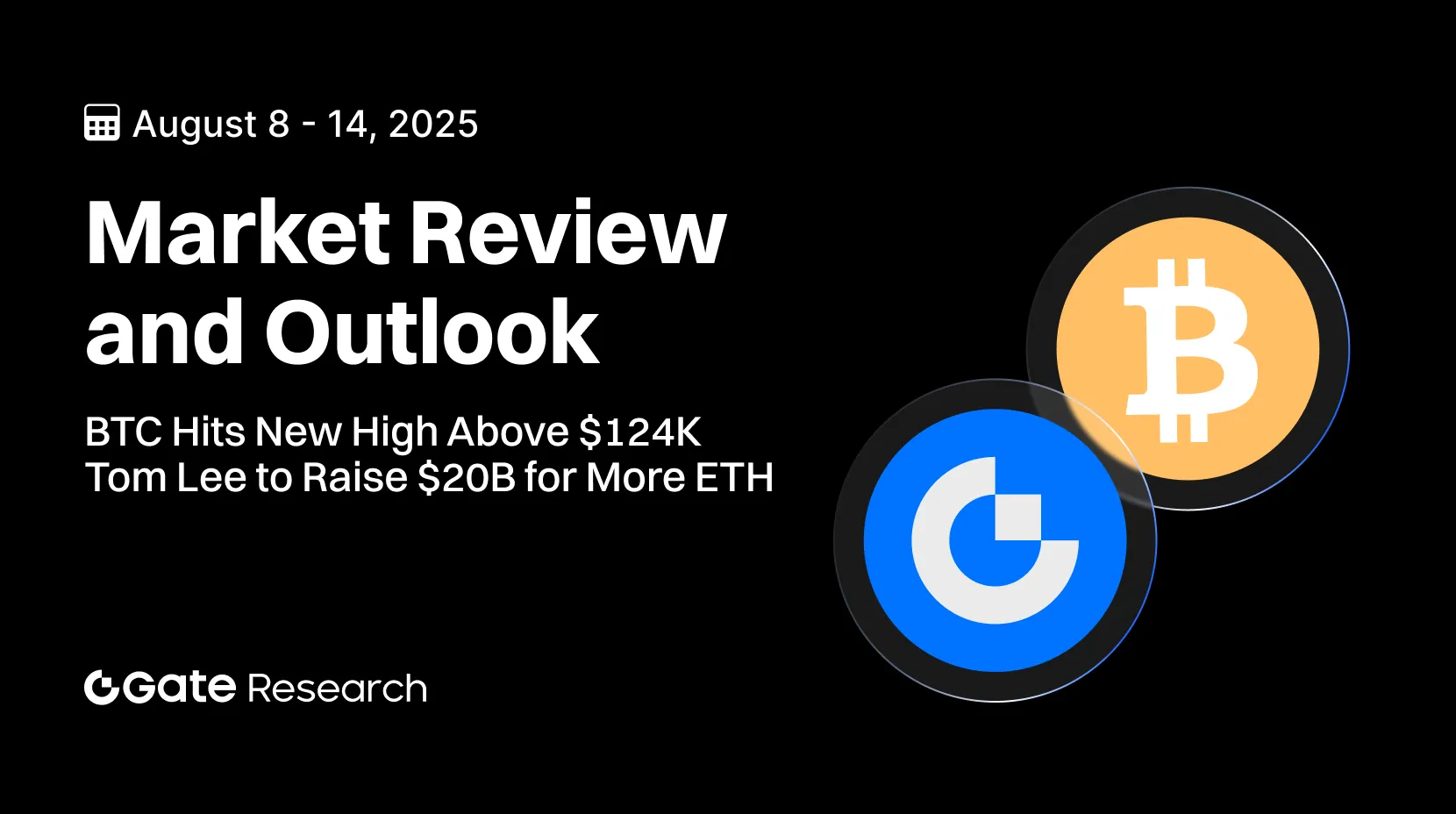 Gate Research: BTC Sets New Record, Surging Past $124,000 | Tom Lee Announces $20 Billion Capital Raise to Increase ETH Holdings
Gate Research: BTC Sets New Record, Surging Past $124,000 | Tom Lee Announces $20 Billion Capital Raise to Increase ETH Holdings
Gate Research: BTC Sets New Record, Surging Past $124,000 | Tom Lee Announces $20 Billion Capital Raise to Increase ETH Holdings
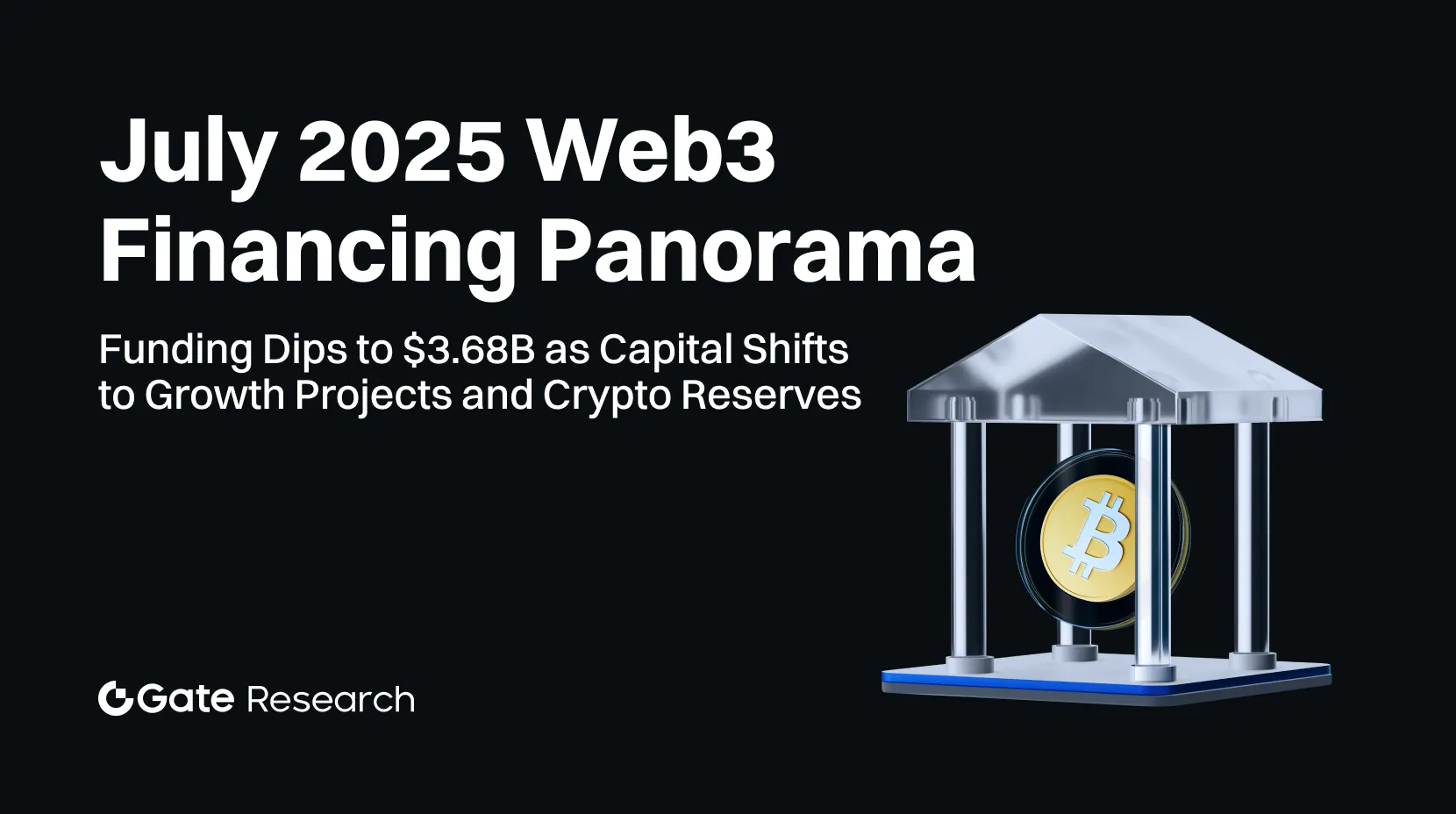 Gate Research: Funding Dips to $3.68B as Capital Shifts to Growth Projects and Crypto Reserves | July 2025 Web3 Fundraising Overview
Gate Research: Funding Dips to $3.68B as Capital Shifts to Growth Projects and Crypto Reserves | July 2025 Web3 Fundraising Overview
Gate Research: Funding Dips to $3.68B as Capital Shifts to Growth Projects and Crypto Reserves | July 2025 Web3 Fundraising Overview
Featured Courses
More
Intermediate
Technical analysis: A useful tool to understand trends in contract trading
Understand candlestick patterns and recognize market trends. Build a technical analysis system to make informed trading decisions

Intermediate
ETF Leveraged Tokens — Product Guide
This course provides a systematic explanation of the core mechanics behind ETF leveraged tokens — a product designed to deliver multiple times the daily returns of an underlying asset by hedging in the perpetual futures market. These tokens are high-risk, high-volatility instruments, best suited for short-term swing trading or hedging strategies.
When used properly, leveraged tokens can amplify gains or hedge market risk, offering key advantages such as:reduced losses in downtrends, and enhanced profits in uptrends.

Intermediate
Futures Grid Trading User Guide
This course will comprehensively explain Gate's contract grid trading product, combining real-life cases and strategy breakdown, helping users master how to efficiently arbitrage in volatile markets through automated contract grid strategies, adapting to the all-weather crypto market.
Learn by Topic
Topics
Altcoins
Bitcoin
Blockchain
DeFi
Ethereum
Metaverse
NFTs
Trading
Tutorial
Futures
Trading Bots
BRC-20
GameFi
DAO
Macro Trends
Wallets
Inscription
Technology
Meme
AI
SocialFi
DePin
StableCoin
Liquid Staking
Finance
RWA
Modular Blockchains
Zero-Knowledge Proof
Restaking
Crypto Tools
Airdrop
Gate Products
Security
Project Analysis
CryptoPulse
Research
TON Ecosystem
Layer 2
Solana
Payments
Mining
Hot Topics
P2P
Sui Ecosystem
Chain Abstraction
Options
Quick Reads
Video
Daily Report
Market Forecast
Trading Bots
VIP Industry Report
ETF Leveraged Tokens
Top Stories
XRP
Pi Network
Difficulty
Beginner
Intermediate
Advanced
Latest Courses
More
Advanced
Introduction to Threshold-Cryptography Wallets & MPC Key Management
Cryptographic wallets are evolving. As security threats increase and user expectations rise, traditional key management methods—like seed phrases and multisig—are no longer sufficient. This course introduces you to the emerging world of threshold cryptography and Multi-Party Computation (MPC) for digital asset security. You'll learn how private keys can be split, distributed, and securely used for signing transactions without ever being fully reconstructed.

Beginner
Introduction to Web3 Social Graphs (Farcaster & Lens)
Web3 social graphs are redefining how online relationships, identities, and interactions are recorded and used. Instead of being owned by a single platform, the data belongs to the user and can be carried across applications. This course explains the core concepts of Web3 social graphs, how they are implemented in leading protocols like Farcaster and Lens, and the opportunities they create for developers, creators, and communities.

Intermediate
Introduction to Celestia and Modular Blockchain Design
This course provides a comprehensive introduction to Celestia, the first modular blockchain network focused exclusively on data availability and consensus. Learners will explore the shift from monolithic to modular architectures, understand the inner workings of Celestia, and examine its real-world applications.
Latest Articles
More
Intermediate
Mapping Hong Kong’s Crypto Scene: Division, Conflict, and Integration
In 2025, Hong Kong's crypto industry is expanding rapidly, with securities firms, asset managers, banks, internet giants, and crypto-native firms all competing for position. The dynamic interplay between innovation and compliance, ideals and reality, drives both fragmentation and integration. This process is creating a crypto-financial ecosystem with characteristics unique to Hong Kong.
8/20/2025, 10:51:25 AM

Intermediate
Stablecoins Enter the "Interest-Bearing Era": A Panoramic Interpretation of Yield-Bearing Stablecoins
Using case studies from multiple projects, this article explains how yield-generating stablecoins allocate returns from underlying assets, providing passive income for holders. It also examines their potential to bridge the gap between DeFi and traditional finance.
8/20/2025, 10:46:10 AM

Intermediate
How to Think About Bitcoin Treasury Companies: A Bitcoiner’s Dilemma in the Age of Rampant Speculation
With the rise of Bitcoin treasury strategies, more and more companies are choosing to hold BTC. But how can one distinguish genuine “Bitcoin treasury companies” from short-term speculation? This article provides an in-depth analysis of the opportunities and risks of Bitcoin treasury adoption, covering aspects from corporate governance and capital logic to market impact.
8/20/2025, 10:45:52 AM
Latest Research
More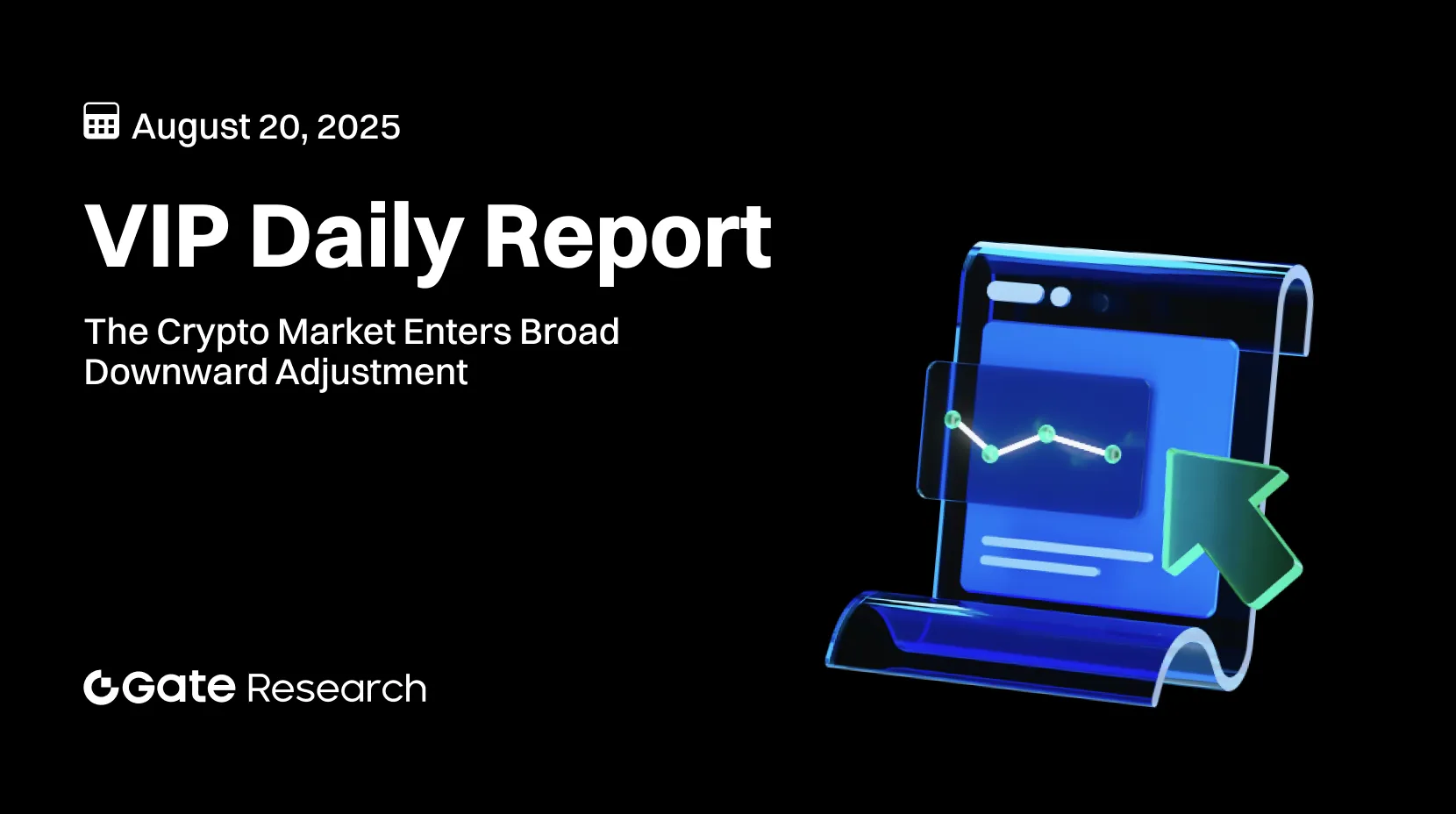
Advanced
 Gate Research: The Crypto Market Enters Broad Downward Adjustment|Solana Leads Public Chains in Fee Stability
Gate Research: The Crypto Market Enters Broad Downward Adjustment|Solana Leads Public Chains in Fee Stability
Gate Research Daily Report: On August 20, the crypto market broadly entered a downward correction phase, with both BTC and ETH weakening. The state of Wyoming launched FRNT, the first state-issued stablecoin in the U.S., marking a pioneering attempt in public sector digital currencies. Solana led globally in fee stability, with its FSR far exceeding other major blockchains. Meanwhile, 1inch introduced native cross-chain swaps between Solana and EVM chains, enhancing user experience and security. Performance among narrative tokens was mixed: MNT rose 6.2% driven by ecosystem incentives and community engagement; MORPHO gained 2.5% thanks to multi-platform integration and updated yield products; LDO remained resilient, reflecting continued momentum in liquid staking.
8/20/2025, 6:12:57 AM

Advanced
Gate Research: Wyoming Launches FRNT Stablecoin|Solana Leads Public Chains in Fee Stability
Gate Research Daily Report: On August 20, the crypto market broadly entered a downward correction phase, with both BTC and ETH weakening. The state of Wyoming launched FRNT, the first state-issued stablecoin in the U.S., marking a pioneering attempt in public sector digital currencies. Solana led globally in fee stability, with its FSR far exceeding other major blockchains. Meanwhile, 1inch introduced native cross-chain swaps between Solana and EVM chains, enhancing user experience and security. Performance among narrative tokens was mixed: MNT rose 6.2% driven by ecosystem incentives and community engagement; MORPHO gained 2.5% thanks to multi-platform integration and updated yield products; LDO remained resilient, reflecting continued momentum in liquid staking.
8/20/2025, 5:51:25 AM
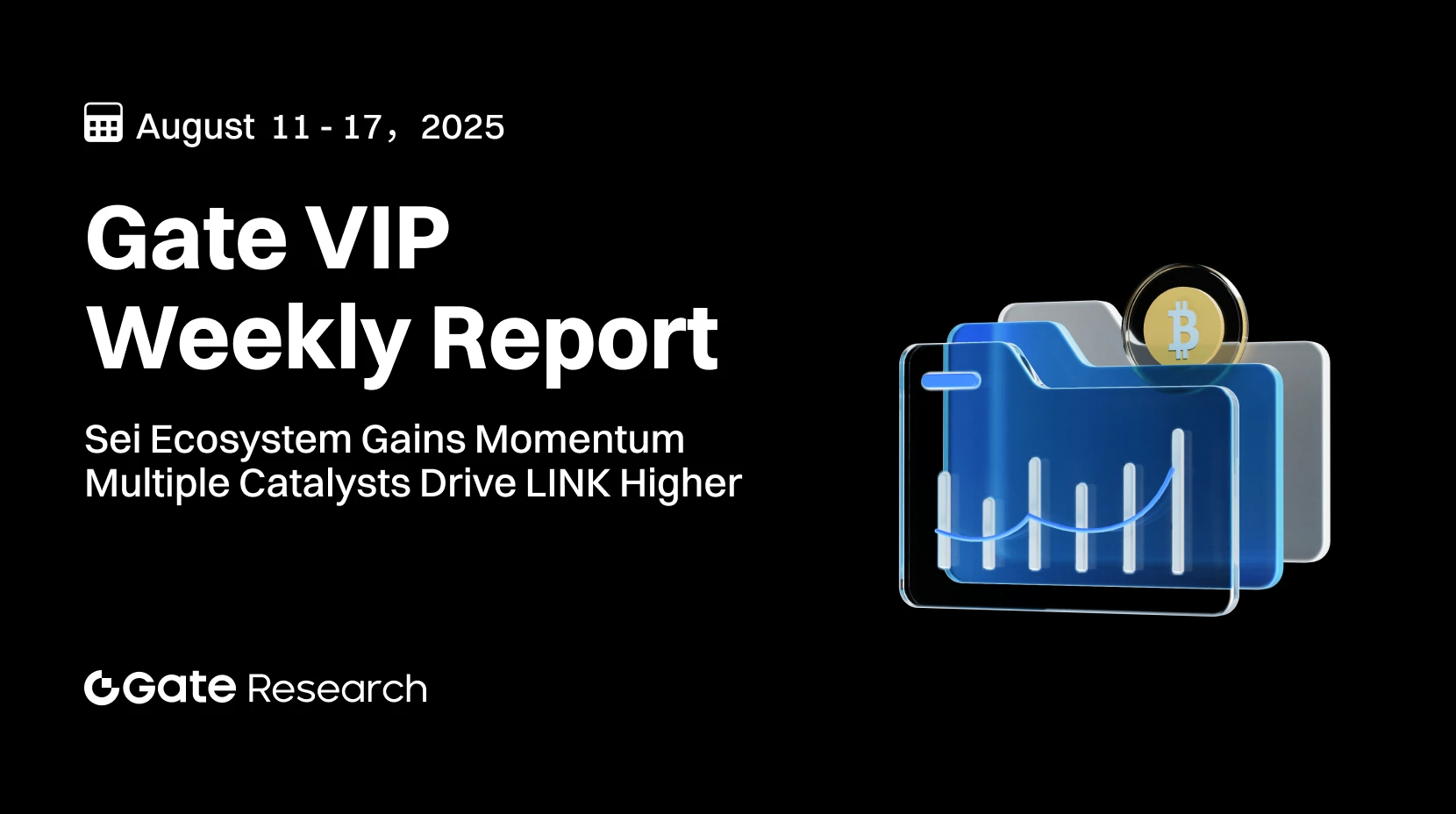
Advanced
 Gate Research: Sei Ecosystem Gains Momentum; Multiple Catalysts Drive LINK Higher; Aave Lending Volume Hits Record High|Weekly Report for Gate VIPs
Gate Research: Sei Ecosystem Gains Momentum; Multiple Catalysts Drive LINK Higher; Aave Lending Volume Hits Record High|Weekly Report for Gate VIPs
Last week, Chainlink (LINK) gained 11.37%, fueled by its partnership with ICE, a new TVS all-time high, and notable whale buying, reinforcing its leadership in the oracle sector. Sei Network kept up strong momentum with rapid stablecoin growth and strategic institutional moves, remaining the most active EVM chain. Meanwhile, Aave's borrowing volume topped $25 billion, with deposits now ranking among the top 40 U.S. banks.
8/19/2025, 10:36:57 AM
Glossary
Moreapr
Annual Percentage Rate (APR) is an annualized percentage rate that represents investment returns or borrowing costs, calculated using simple interest without accounting for compounding effects. In cryptocurrency, APR is commonly used to measure annualized yields from staking, lending, and liquidity provision activities, helping users evaluate and compare investment benefits across different DeFi protocols.
fomo
Fear of Missing Out (FOMO) refers to the anxiety investors feel about potentially missing profitable opportunities, which drives them to make irrational investment decisions. In cryptocurrency trading, FOMO typically manifests as investors blindly buying assets after prices have already significantly increased, hoping to share in the market's upward momentum.
nft
NFT (Non-Fungible Token) is a unique digital asset based on blockchain technology, characterized by its indivisible and irreplaceable nature, with each NFT possessing a unique identification code and metadata. They are typically created following standards like Ethereum's ERC-721 or ERC-1155, capable of definitively proving ownership, authenticity, and scarcity of digital content.
leverage
Leverage refers to the practice where traders borrow funds to increase the size of their trading positions, controlling assets of greater value with smaller capital. In cryptocurrency trading, leverage is typically expressed as a ratio (such as 3x, 5x, 20x, etc.), indicating the multiple of the original investment that a trader can control in assets. For example, using 10x leverage means an investor can control assets worth $10,000 with just $1,000.


Your Gateway to Crypto World, Subscribe to Gate for A New Perspective
